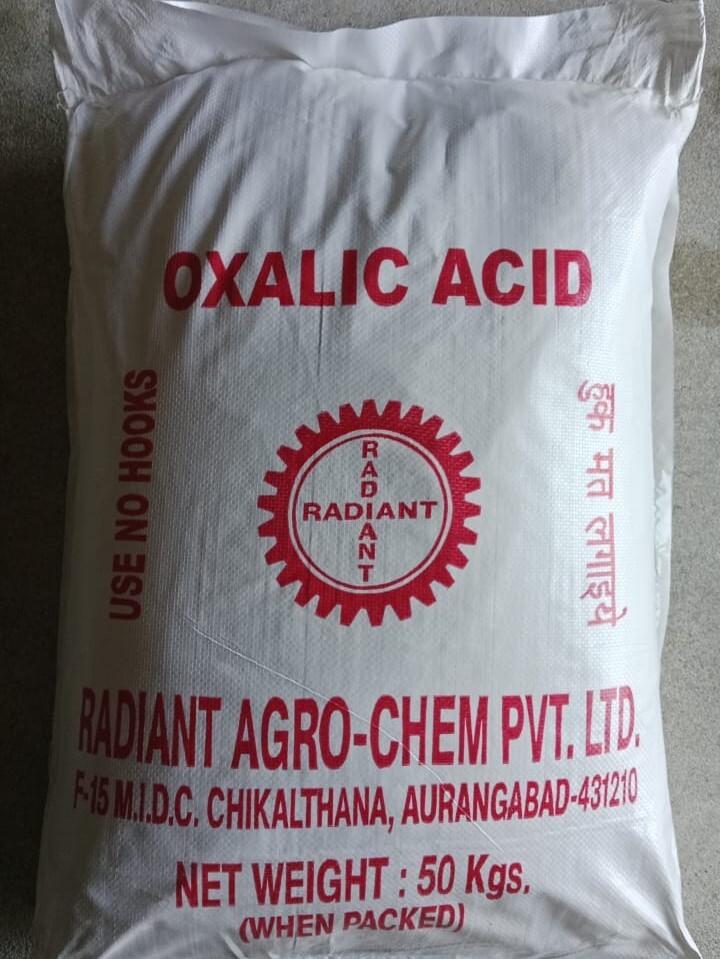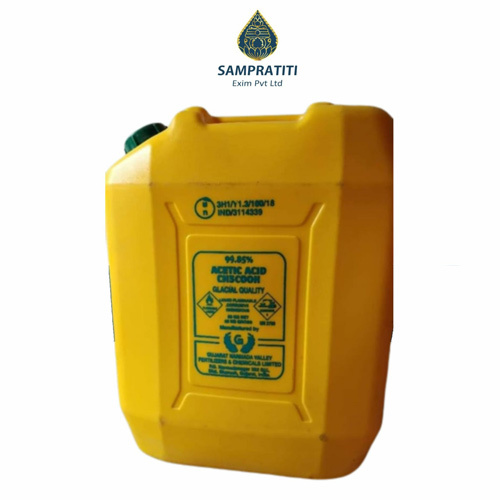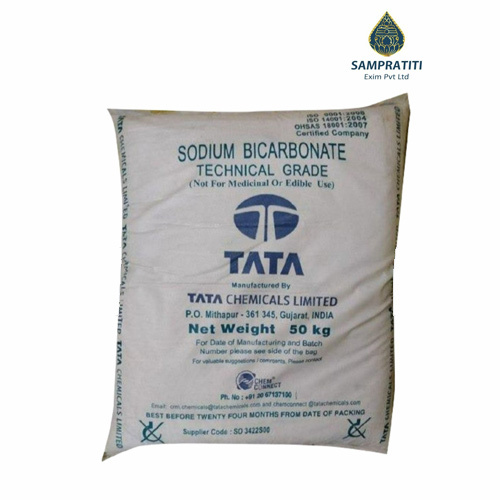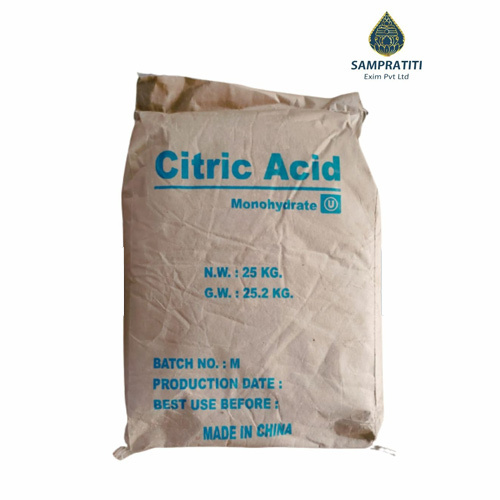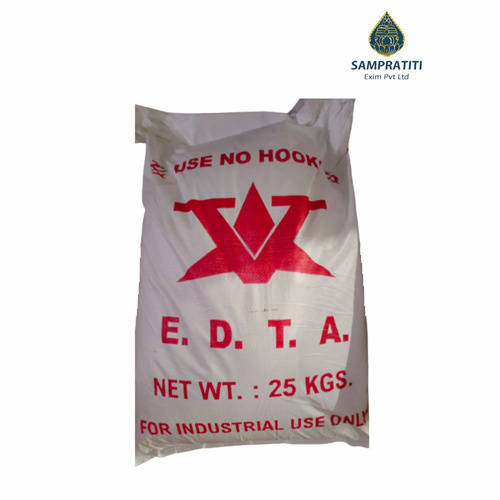OXALIC ACID
Product Details:
- Solubility 100% WATER SOLUBLE
- Chemical Name OXALIC ACID RADIANT
- CAS No 6153-56-6
- Grade Industrial Grade
- Type POWDER
- Application Industrial food Soaps & Detergents Textile Industry Plastic Fertilizer Pharmaceutical Water Treatment Paints
- Click to View more
OXALIC ACID Price And Quantity
- 70.00 - 80.00 INR/Kilograms
- 76 INR/Kilograms
- 100 Kilograms
OXALIC ACID Product Specifications
- OXALIC ACID RADIANT
- 6153-56-6
- Industrial Grade
- POWDER
- Industrial food Soaps & Detergents Textile Industry Plastic Fertilizer Pharmaceutical Water Treatment Paints
- 100% WATER SOLUBLE
Product Description
Oxalic acid is a naturally occurring dicarboxylic acid that is commonly found in many plants, including spinach, rhubarb, and beets. It is a colorless, crystalline compound with a strong acidic nature. Despite being naturally occurring, oxalic acid is highly corrosive in concentrated forms, so it must be handled with care.
Oxalic acid has a wide range of industrial, chemical, and household applications. It is used in cleaning, as a chemical reagent, in agriculture, and in various industrial processes.
Uses of Oxalic Acid:
-
Cleaning and Polishing Agent:
- Rust Removal: Oxalic acid is commonly used to remove rust stains from various surfaces, including metal and fabrics. It acts as a reducing agent, breaking down rust (iron oxide) and converting it into a soluble form that can be washed away.
- Stain Removal: It is used in household cleaning products to remove stains from fabrics and surfaces, including wood and tiles. Oxalic acid is effective in removing mineral deposits and discoloration.
- Wood Bleaching: It is also used in wood finishing, as it can bleach and brighten the appearance of wood by removing stains caused by tannin or other natural compounds in the wood.
-
Industrial Applications:
- Cleaning and Etching Metal: Oxalic acid is used in the metal industry to clean and etch metals, particularly for removing scales, rust, and oxides from metal surfaces.
- Textile and Dyeing Industry: In the textile industry, oxalic acid is used as a mordant, which helps in dyeing processes by binding dyes to fabrics and improving the color stability.
- Electronics and Semiconductor Industry: It is used in the manufacturing of electronic components and semiconductors, especially for cleaning and polishing metal surfaces.
-
Agriculture and Horticulture:
- Pest Control (Beekeeping): Oxalic acid is used as a treatment for varroa mites in beekeeping. When applied in the form of vapor, it can kill these pests without harming the bees. Itïs one of the more common organic treatments for varroa mite infestations.
- Soil pH Adjustment: Oxalic acid can sometimes be used to modify the pH of the soil, although it's not as common as other acidic agents like sulfur.
-
Chemical Reagent in Laboratories:
- Chemical Synthesis: Oxalic acid is used in the laboratory to synthesize various chemicals, including certain organic compounds. Itïs involved in the preparation of oxalates (salts of oxalic acid), which are used in several industrial applications.
- Titration and Analytical Chemistry: It is used in titration processes as a primary standard for determining the concentration of solutions in analytical chemistry. Its purity and easily measurable properties make it useful in this context.
-
Food Industry:
- Oxalate Content in Foods: Although oxalic acid itself is not added to food directly, it is found in various food items, particularly leafy greens like spinach. However, excessive consumption of oxalate-rich foods can lead to kidney stone formation in sensitive individuals, which is why moderate consumption is advised.
- Food Preservation: In some cases, oxalic acid is used in food preservation, though this is not common practice compared to other acids like citric or acetic acid.
-
Pharmaceutical Industry:
- Production of Pharmaceuticals: Oxalic acid and its derivatives are sometimes used in the pharmaceutical industry in the production of certain medications or as a precursor in chemical reactions needed to create active ingredients.
-
Cosmetic Industry:
- Exfoliating Agent: Oxalic acid is sometimes used in cosmetics as an exfoliating agent. It can be found in formulations for skin care products aimed at reducing hyperpigmentation or helping with the removal of dead skin cells.
Safety and Handling:
While oxalic acid has various practical uses, it must be handled with care due to its toxicity, especially in concentrated forms. Ingestion or inhalation of oxalic acid can cause serious health problems, including kidney damage, respiratory issues, and irritation of the skin and eyes. Proper safety protocols must be followed when working with oxalic acid, including the use of gloves, eye protection, and adequate ventilation.
Summary of Key Uses of Oxalic Acid:
- Cleaning: Rust removal, stain removal, and wood bleaching.
- Industry: Metal cleaning and etching, textile dyeing, and semiconductor manufacturing.
- Agriculture: Pest control (beekeeping) and sometimes soil pH adjustment.
- Laboratory: Chemical reagent for synthesis and titration.
- Pharmaceuticals and Cosmetics: Used in some medicines and skin care products.
Oxalic acid is a versatile compound with a wide range of applications across several industries, though it must be used with caution due to its potential hazards.

Price:
- 50
- 100
- 200
- 250
- 500
- 1000+

